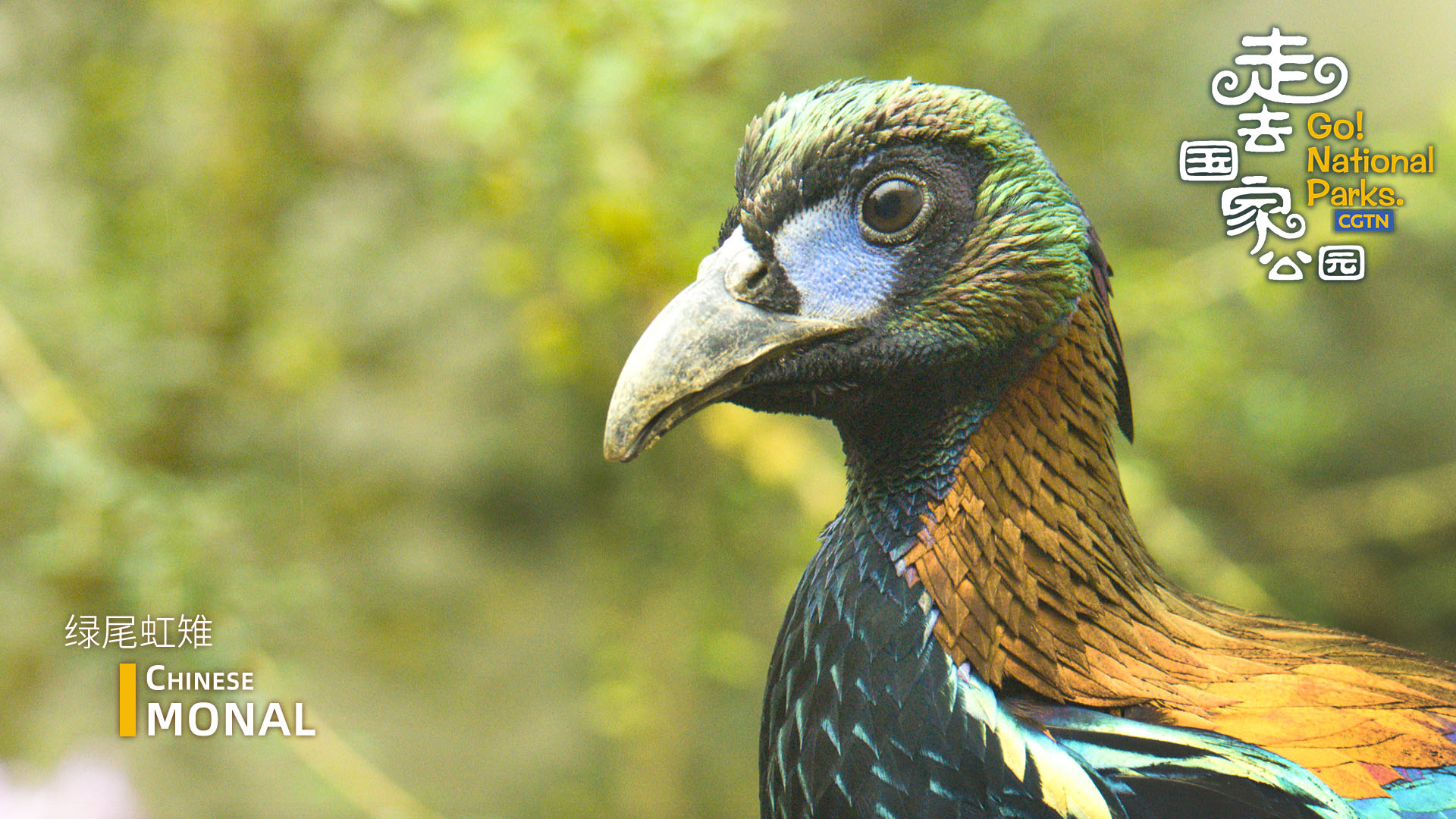The Giant Panda National Park is located in the western region of China, spanning Sichuan, Shaanxi and Gansu provinces. It is one of the first batch of national parks in China to be established with a single species as the core and integrated in its main habitat. At the same time, it is a protected ecological home where there are more than 8,000 species of flora and fauna, and more than 1,600 species of rare animals from the same region.
Giant pandas are a national treasure of China and have been around for 8 or 9 million years. They like to live alone in places with lots of bamboo at an altitude of about 3,000 meters. They usually have the desire to mate in April or May, and only one young panda can be born at a time, so giant pandas are very precious. Pandas are born with a snowy white body and can have black and white fur only after about three weeks. Panda cubs are very small, about the size of a person's hand, and do not survive easily, which is why pandas are relatively rare.
In addition to giant pandas, there are also red pandas in the park. They look like cats, but are heavier and reddish-brown in color. They live in large tree caves or rock crevices. They come out to feed in the morning and evening, and mostly sleep in the shade of large trees during the day. The leaves of bamboo are the main source of food for red pandas, but they also eat berries, flowers, bird eggs and other plants.

The Chinese Monal is also a permanent resident in the park, and they are often found in groups. The males have 10 different colors of plumage and are as brilliant as a rainbow as they move through the forest. They are alert and will run away at the first sign of danger, thanks to their strong legs and hover from low to high in flight with the upward lift of air currents, which is rare in other species.
The establishment of Giant Panda National Park has connected 73 scattered isolated nature reserves and 13 individual giant panda populations in the past, which means that the isolation barrier has been removed and giant pandas can visit their friends, which is of great significance to the reproduction of giant pandas and the conservation of other animals.
(If you want to contribute and have specific expertise, please contact us at nature@cgtn.com.)